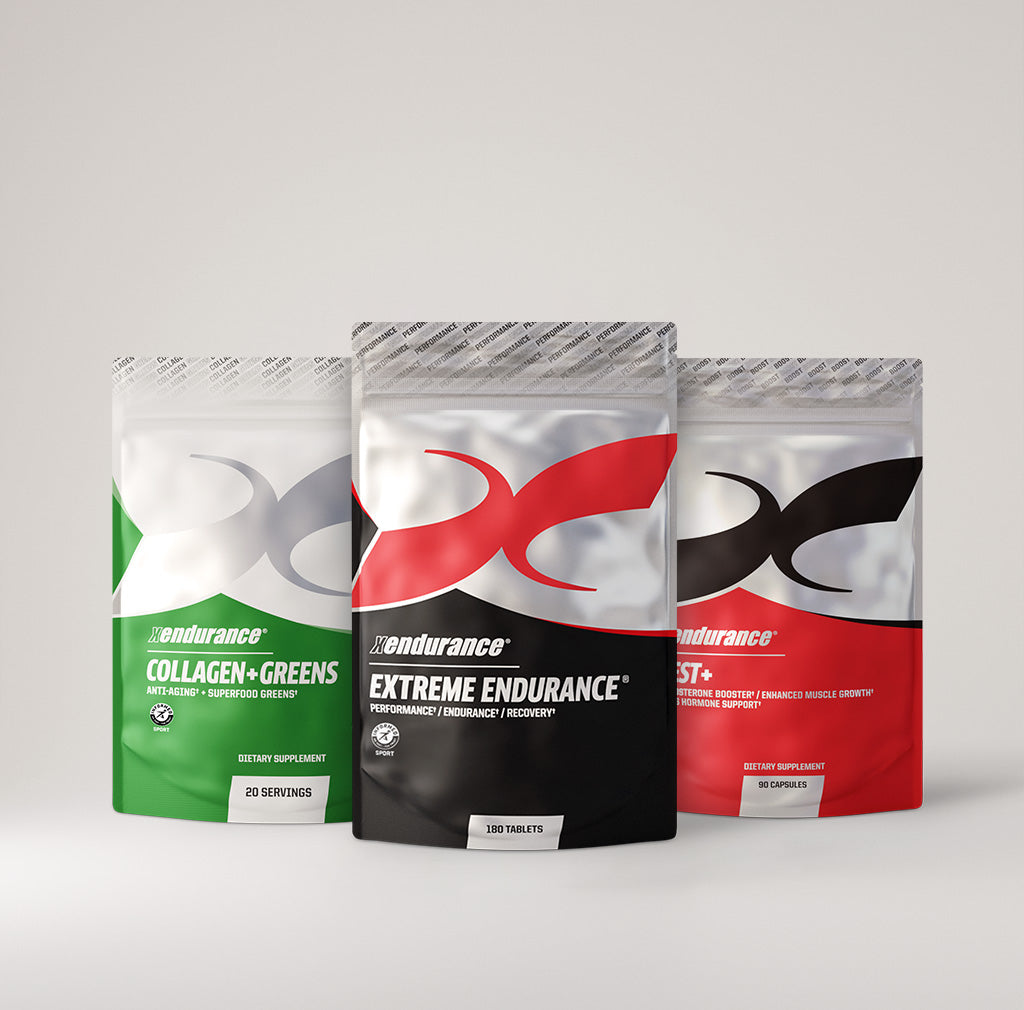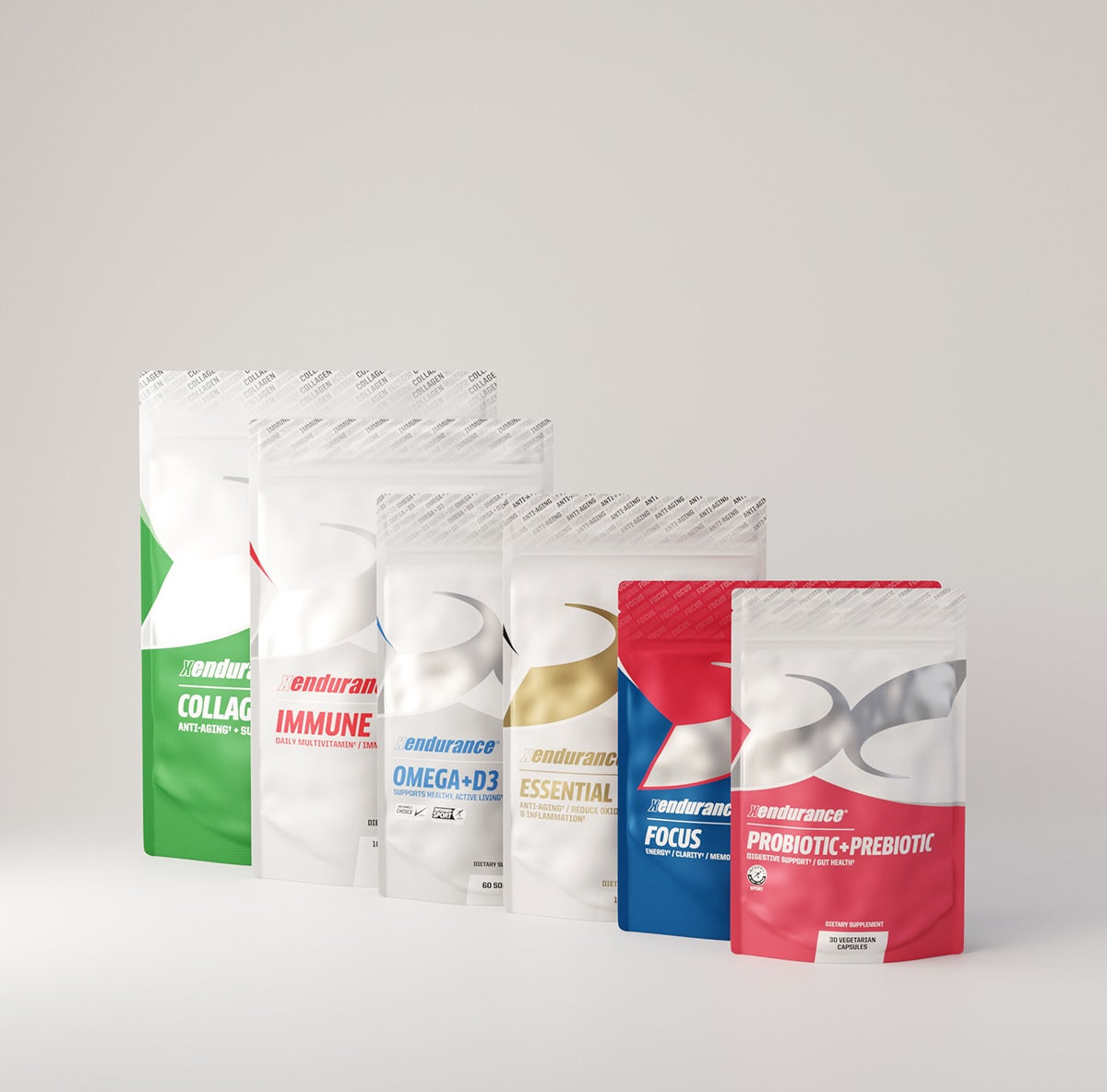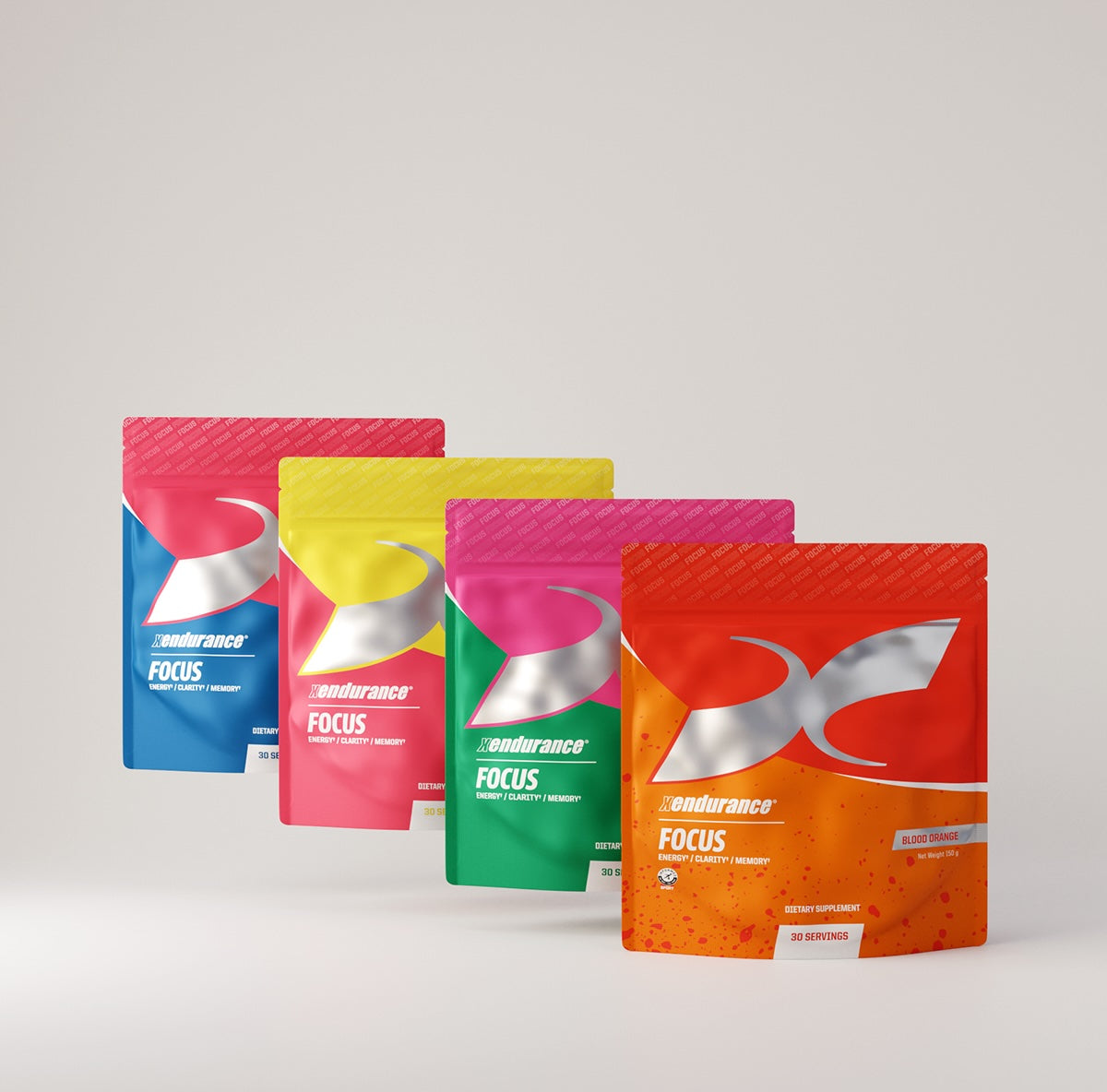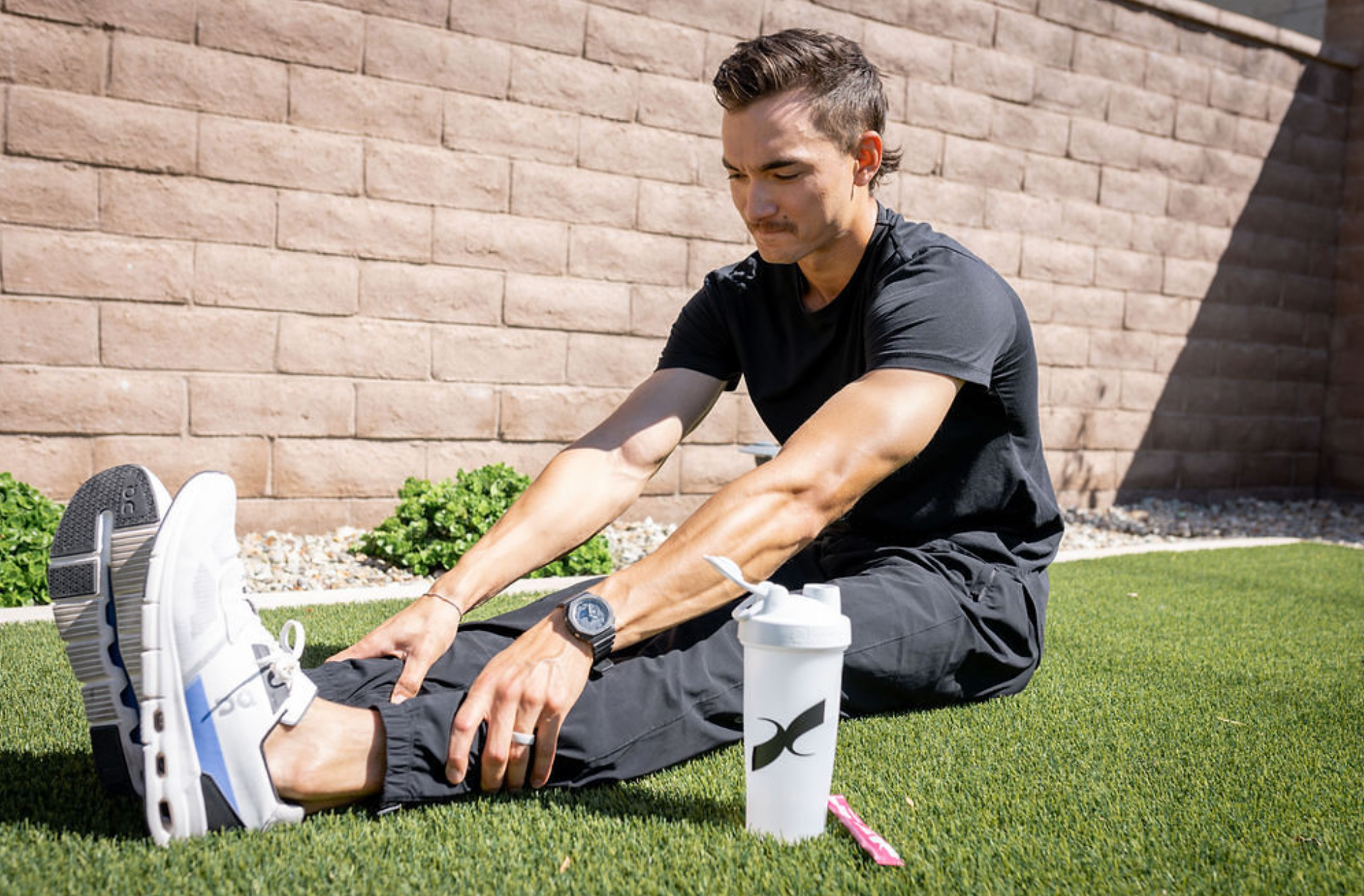Physical activity plays a crucial role in maintaining overall health and well-being, yet global and national statistics reveal a distressing trend: our collective physical activity levels are significantly below recommended guidelines. With increasingly sedentary lifestyles, technological advances, and a surge in desk-bound jobs, our physical activity has been steadily declining. This alarming decrease in movement poses significant health risks, contributing to the rise of chronic diseases, obesity, and other health complications.
A Global Decline in Physical Activity
According to a 2018 study published by the World Health Organization (WHO), more than 25% of adults worldwide are not active enough. The data paints an even bleaker picture for high-income countries, where 37% of adults fail to meet the minimum physical activity recommendations. Compare this to lower-income countries, where the inactivity rate stands at 16%, highlighting the impact that modern lifestyles, especially in developed nations, have on our health behaviors.
Looking back, physical activity was once woven into daily life. Farming, hunting, and manual labor were essential for survival. However, as we’ve transitioned to more mechanized societies, these natural movement patterns have largely disappeared. Sedentary jobs, the rise of convenience in transportation, and increased leisure activities centered around screens have all played a role in reducing our daily movement.
The Lancet Global Health study in 2012 warned of a "pandemic of physical inactivity," stating that inactivity accounts for 9% of premature deaths worldwide, comparable to the global burden of smoking. Since then, very little progress has been made in reversing this trend.
Physical Activity Recommendations: Where Do We Stand?
Organizations like the Centers for Disease Control and Prevention (CDC) and the WHO provide clear guidelines for physical activity. For adults aged 18 to 64, it’s recommended to engage in at least 150 to 300 minutes of moderate-intensity aerobic physical activity, or 75 to 150 minutes of vigorous-intensity aerobic activity weekly. Strength-training activities that target major muscle groups should be included at least twice a week.
Despite these clear guidelines, adherence rates are shockingly low. In the U.S., CDC data from 2020 shows that only 24% of American adults met the recommendations for aerobic and muscle-strengthening activities. Globally, high-income countries consistently demonstrate a higher prevalence of inactivity, likely due to increased automation, sedentary work environments, and greater access to private transportation.
Outcomes of Inadequate Physical Activity
The consequences of insufficient physical activity are far-reaching. Lack of exercise contributes to the rise in chronic conditions, including:
- Cardiovascular Disease: Physical inactivity is a significant risk factor for heart disease and stroke. Studies have shown that sedentary individuals have a 30% higher risk of cardiovascular diseases compared to active individuals.
- Type 2 Diabetes: Physical activity helps regulate blood sugar levels and improves insulin sensitivity. A sedentary lifestyle is strongly associated with the development of insulin resistance and type 2 diabetes.
- Obesity: Inactivity contributes to weight gain, and as body mass increases, so does the risk of a host of other health issues, including joint problems, sleep apnea, and metabolic syndrome.
- Mental Health Disorders: Physical inactivity is linked to an increased risk of depression and anxiety. Studies have demonstrated that exercise releases endorphins and serotonin, improving mood and reducing symptoms of anxiety and depression.
- Premature Mortality: The WHO estimates that physical inactivity is directly responsible for 5 million deaths annually. It is now considered the fourth leading risk factor for mortality worldwide.
Obesity and Physical Inactivity: A Vicious Cycle
Obesity and physical inactivity are often intertwined in a vicious cycle. Lack of exercise leads to weight gain, and excess weight makes it more challenging to engage in physical activity, perpetuating further inactivity.
According to the World Obesity Federation, global obesity rates have nearly tripled since 1975, and in 2016, over 1.9 billion adults were overweight, with 650 million classified as obese. In the U.S., obesity rates have reached alarming levels. The CDC reports that 42% of American adults were considered obese in 2020, a significant increase from the 30% reported in 2000. Obesity is a key contributor to various chronic diseases, including type 2 diabetes, heart disease, and certain cancers, further emphasizing the critical need for regular physical activity.
A study published in The Lancet in 2016 concluded that a sedentary lifestyle combined with obesity increases the risk of premature death by up to 60%. This trend shows no sign of slowing, and experts predict that by 2030, 50% of U.S. adults could be classified as obese if current trajectories continue. Addressing physical inactivity is, therefore, essential in tackling the global obesity crisis.
What Can We Do to Improve Our Physical Activity Levels?
Reversing the trend of physical inactivity doesn’t require a dramatic overhaul of our daily routines, but it does call for intentional shifts towards a more active lifestyle. Here are some basic life changes that can help you get on the path to healthier activity:
1. Prioritize Daily Movement
Integrating more movement into your everyday life is key to improving your overall activity level. Small changes like taking the stairs instead of the elevator, walking or cycling instead of driving for short distances, or even standing and stretching during work breaks can make a difference. The aim is to reduce sedentary time and increase opportunities for physical movement throughout the day.
2. Set Achievable Goals
Starting small and building up gradually can make the process less daunting. If you’re currently inactive, aiming for 10 minutes of physical activity per day and gradually increasing to 30 minutes can lead to sustained habit changes. Using fitness trackers or apps can help set and monitor these goals, offering motivation as you see progress.
3. Incorporate Strength Training
Many people overlook the importance of strength training, but it’s essential for overall health. Strength training helps maintain muscle mass, improves metabolic function, and enhances bone density, reducing the risk of osteoporosis. You don’t need a gym to start; bodyweight exercises like squats, push-ups, and lunges are effective ways to build strength.
4. Engage in Aerobic Activities
Aerobic activities such as walking, running, swimming, and cycling are vital for cardiovascular health. These exercises increase heart rate, improve circulation, and enhance lung function. Ideally, try to mix moderate and vigorous-intensity activities to maximize cardiovascular benefits.
5. Find Joy in Movement
Exercise shouldn’t feel like a chore. Finding activities that you enjoy, whether it’s dancing, hiking, or playing a sport, can make staying active easier and more sustainable. Social activities, like group classes or team sports, can also add an element of fun and accountability.
6. Reduce Screen Time
One of the biggest barriers to physical activity is the increase in screen time. Whether it's time spent in front of a computer at work or lounging in front of the TV at home, excessive screen time contributes to sedentary behavior. Set limits for recreational screen use and replace some of that time with physical activities.
Physical Activity for Optimal Health
To achieve optimal health, it’s crucial to incorporate a variety of physical activities that target different areas of fitness. Here are the core types of physical activities necessary for overall health:
- Cardiovascular Exercise: Activities that get your heart rate up, like brisk walking, running, swimming, or cycling, improve heart and lung function, reduce blood pressure, and enhance overall endurance.
- Strength Training: As mentioned earlier, strength training is vital for maintaining muscle mass and metabolic health. Including resistance exercises like weightlifting or bodyweight exercises helps build muscle and improve metabolism.
- Flexibility and Mobility: Stretching exercises such as yoga or Pilates enhance flexibility, balance, and range of motion, reducing the risk of injury and improving posture.
- Balance Exercises: Particularly important as we age, balance exercises like tai chi or balance-focused workouts help prevent falls and improve coordination.
Global and U.S. Physical Activity Levels: A Cause for Concern
Globally, the WHO estimates that 1 in 4 adults, and 4 out of 5 adolescents, do not meet the global recommendations for physical activity. The statistics are similarly troubling in the U.S. According to CDC data, 25% of American adults report no physical activity outside of work, and only 1 in 5 high school students meets the recommended levels of physical activity for youth.
Countries around the world are grappling with the challenge of promoting active lifestyles in the face of modern societal changes. Government-led campaigns, workplace wellness programs, and urban planning initiatives designed to promote active transportation are all steps in the right direction, but much more needs to be done.
Turning the Tide on Physical Inactivity: A Call to Action
The current global and national statistics reveal that we are, indeed, earning a failing grade when it comes to physical activity levels. The consequences of this decline are evident in the rising rates of chronic disease, obesity, and premature mortality. However, the path to healthier activity levels is not insurmountable. By making small, sustainable changes to our daily routines and prioritizing physical activity, we can reverse this trend and significantly improve both our quality of life and overall health.
Increasing daily movement, setting realistic fitness and nutrition goals, and diversifying the types of activities we engage in can help combat the global inactivity pandemic. As individuals, communities, and nations, we must work together to prioritize physical activity, not only for our health but for the future well-being of generations to come.









コメントを書く
このサイトはhCaptchaによって保護されており、hCaptchaプライバシーポリシーおよび利用規約が適用されます。